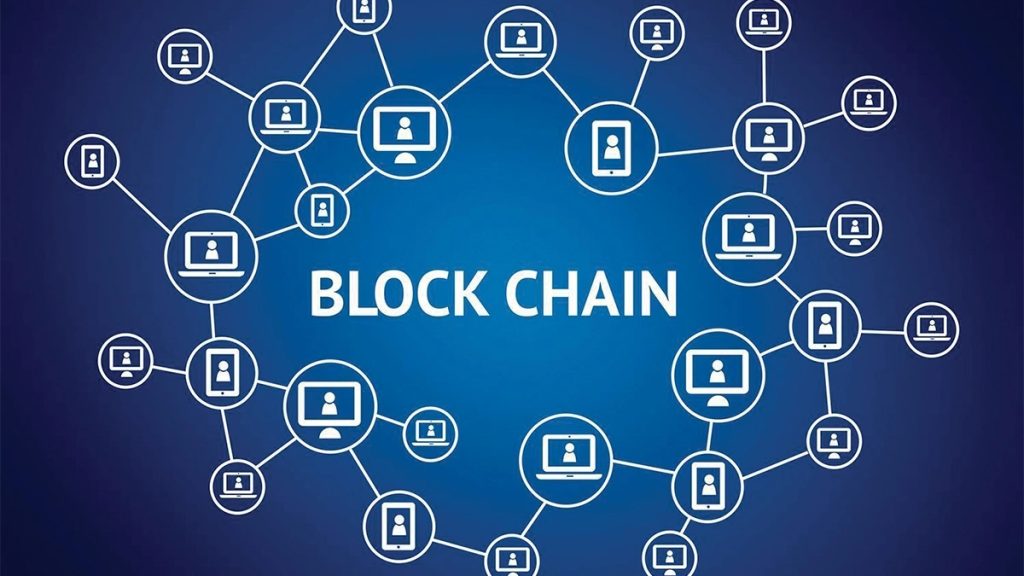The world of crypto and the blockchain is famous for being confusing, complex and difficult to explain. In fact, there are entire memes and online joke genres dedicated to people trying to explain what blockchain is to one another.
The fact of the matter is that blockchain technology, regardless of how opaque or complex it is, does not appear to be going anywhere. Instead of being a passing trend, as some suggested it would be, crypto and blockchain have taken over the world and revolutionized multiple industries.
As blockchain increasingly becomes a part of our world, it is important to develop an understanding of the fundamentals of the industry. It is especially important to learn the basics of blockchain now because this is a rapidly innovating and changing industry – what is true now is unlikely to remain true in just a year or two.
Elements of Blockchain Technology
Ledger Technology and Permanent Records
Everyone who is a part of a specific crypto currency network has access to a decentralized ledger that records every transaction made with the particular crypto. The record is immutable and cannot be changed – it is also public. This means that all transactions are permanently recorded once and can be forever seen on the ledger, even if they are subsequently reversed.
Smart contracts
Smart contracts are essentially a set of rules (just like any other contract) that are kept on the blockchain and automatically followed. These contracts can define the terms of the transaction, including what is to be paid, when it is to be paid and other conditions.
Putting the Pieces Together
Building Blocks
Every transaction recorded on the ledger makes up part of a block of data. The asset being transacted can be tangible or intangible, and depending on the blockchain, the information recorded can be whatever you want included in the transaction.
These blocks are all connected to one another, just like how a real ledger is connected to past and future ledgers through shared information and purpose. Once enough data has been collected from the ledger, a block is formed that subsequently connects to other blocks in the chain – hence the term blockchain.
Blockchains
Just like the transactions on the ledgers, once blocks have been created and incorporated into a blockchain, the process cannot be reversed. The chain is strengthened as additional blocks are added and this leads to more security, as it is obvious if anyone has tried to tamper with the blockchain.
Blockchain networks
There is not just one type of blockchain network – there are actually many different types of networks that all serve slightly different purposes. Public blockchains are networks that anyone can join, view and participate in – the most well-known public blockchain is Bitcoin, which has a fully public ledger. There are also private and permissioned blockchain networks, which only allow a select group of people access to the blockchain, sometimes by invitation and sometimes via peer-to-peer networking.
Finally, there are also networks called consortium blockchains, in which a number of organizations share the responsibility and effort of maintaining a particular blockchain. These types of blockchains are typically used in commercial settings in which a number of different entities access the same information.
Why choose blockchain?
There are a number of different benefits to blockchain technology – regardless of how it is used. There is heightened security, integrity and trust associated with transactions that are recorded on the blockchain because of the fact that the blockchain is immutable.
The ledger is permanent, and depending on the ledger, publicly available. This makes it much more difficult to “fudge” transactions of any kind – which is incredibly important in the commercial sector as this is a level of integrity that is rarely possible.
The future of blockchain technology
More and more people are starting to use cryptocurrencies as financial instruments and are trading them on massive exchanges, rather than using them as a currency. Traders use tools such as OKX to track the fluctuation of prices in real time and manage trades as effectively as possible.
While some people have criticized the use of crypto as a financial asset, others see it as an important step in the normalization of blockchain technology. As blockchain technology has become more widely accepted, nearly every sector and industry has found a way to incorporate it in order to make their work more secure, safe and efficient.
No one knows what the future of blockchain and crypto technology holds (if they did, they would be very rich indeed!) but what is certain is that blockchain technology is here to stay.

